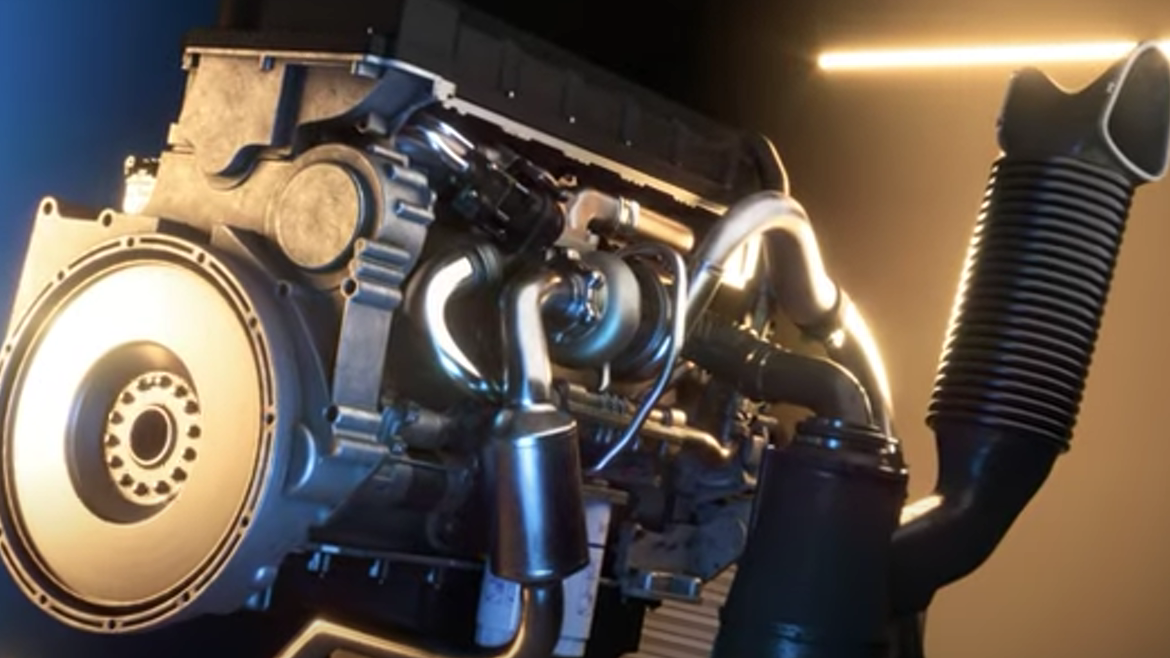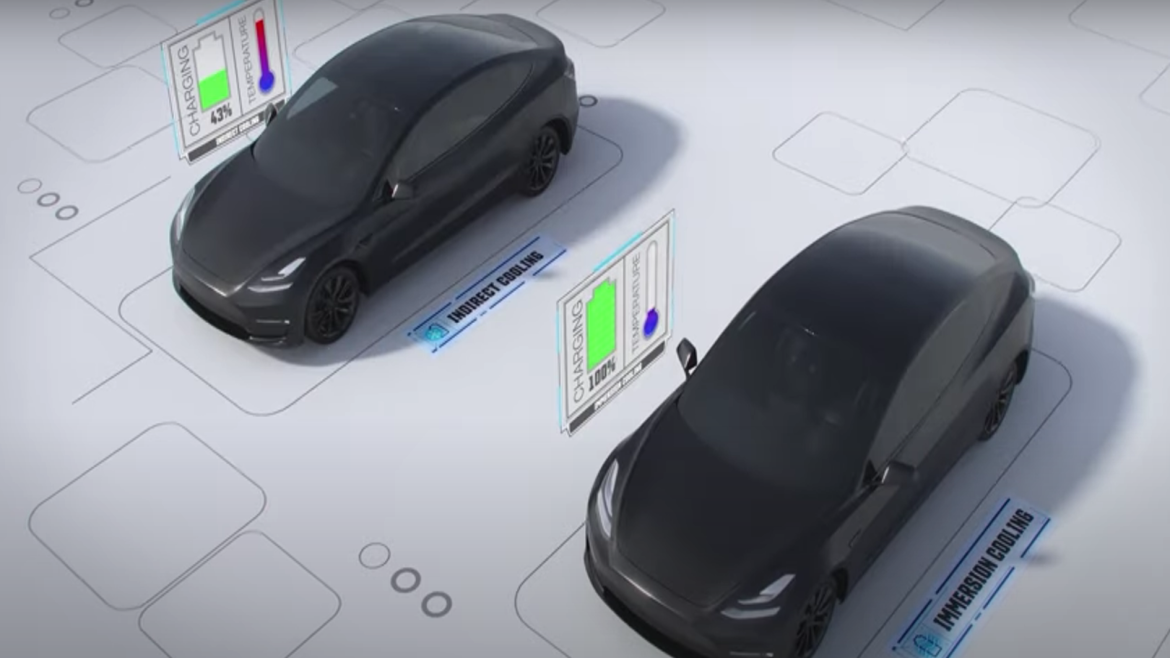Mar 11, 2020
Posted by Matt Joyce, Vice President, Global Sales & Marketing
With all the talk of electrification that happens in the automotive industry these days, you might think that the era of battery powered semi-trucks is right around the corner.
Or is it?
Plenty of forward-thinking work is being done in the heavy-duty trucking space these days. Not long ago, we wrote about automakers who are pursuing autonomous trucking technology to both alleviate a driver shortage and gain greater efficiency in heavy duty vehicles. And typically, electrification goes hand in hand with automation in discussions about the future of mobility.
As it currently stands, these bold electrification technologies mostly remain at the theoretical level—but there is plenty of smaller-scale, no less important, work happening that enables greater efficiency for fleets everywhere. Today.
Let’s explore a few of those areas:
Emissions Reduction in Diesel
California’s Diesel Risk Reduction Program, the Environmental Protection Agency’s Cleaner Trucks Initiative and comparable initiatives around the world heavily target NOx emissions. Electrified trucks would of course accomplish these goals at some future date—but hitting those targets today and in the near future will require increasingly sophisticated aftertreatment devices paired with contemporary diesel engine technology.
Of course, aftertreatment devices have been in use for years—so what’s new? Following “Dieselgate,” emphasis from regulators has shifted in the direction of real-world results in the place of test lab certification. And it’s no wonder: in 2017, independent research organization International Council on Clean Transportation (ICCT) found that the average real-world level of nitrogen oxide (NOx) emissions is 4.5 times above the Euro 6 limit. Only 10 percent of Euro 6 cars outperform the Euro 6 limit, while the rest of vehicles exceed the Euro 6 standard by up to 12 times.
To that end, lubricant choice is critical in enabling long-term, on-road emissions performance of heavy-duty hardware outfitted with increasingly advanced aftertreatment technology. For example, zinc dialkyldithiophosphates (ZDDP) and metal containing sulfonate detergents have traditionally been very effective sources of protection against wear, oxidation and sludge formation in lubricants in diesel applications—but due to the negative impacts of some components in these chemistries on modern aftertreatment devices, OEMs have placed limits on their content in lubricants. The lubricant and additive industries have responded to these challenges by developing new classes of chemistries that deliver the same performance without the harmful side effects to emission control equipment. The wrong lubricant or wrong formulation can seriously compromise performance. For fleet operators and end users, staying educated on the right lubricant choice is important.
How else is lubricant technology making diesel trucks cleaner and more efficient? Consider durable and efficient API-certified FA-4 lubricants, for use in new model engine hardware. Many operators have been slow to adopt this technology due its relative newness. But the real, on-road benefits can help fleets operate more efficiently while protecting new engine hardware and eliminating emissions.
Where Electrification Will Have the Most Impact
More so than long-haul trucks, electrification has more immediate potential to dramatically make last mile delivery more efficient. As online purchases continue to make up larger and larger percentages of global retail sales, the influx of vehicles delivering those packages means more miles, more fuel consumed and more emissions—making this industry a prime target for greater hybridization and electrification. Today, some cities around the world are, in fact, demanding it. London and Berlin have stated their intention to gradually force fleet companies to deploy electric vehicles, supplemented by some price subsidies and free charging.
It also makes more logistical sense for electrification to have a more immediate impact on last mile delivery. Most last mile operations depend on the hub and spoke model, which enable vehicles to return to a centralized location at the end of each day. This model is more suited for regular electrical recharging than long-haul trucks, lacking a more robust, national charging infrastructure.
Lubricant and fluid choice must be a calculation for fleet operators in this space as well. Hybrid vehicles, which are presently more attainable than full electrics, could have a greater impact sooner. Hybrids pair electric motors with more conventional internal combustion engines. Hybrid engine architectures have their own unique performance demands of lubricants. Full electrics, meanwhile, have a number of new considerations for all fluids, including electrical conductivity and thermal performance.
Our View
For fleet owners and operators in any industry, the correct lubricant choice remains critical in every application, and Lubrizol is committed to helping all industry stakeholders—including car and truck makers, oil marketers and fleet owners and operators—understand the continued importance of the lubricant choice. Because whether it’s heavy duty diesel where engines and aftertreatment devices must increasingly perform adequately through the vehicle’s entire service life, or in hub-and-spoke fleets where electrification brings entirely new considerations, it’s the lubricant’s job to protect and optimize performance.









